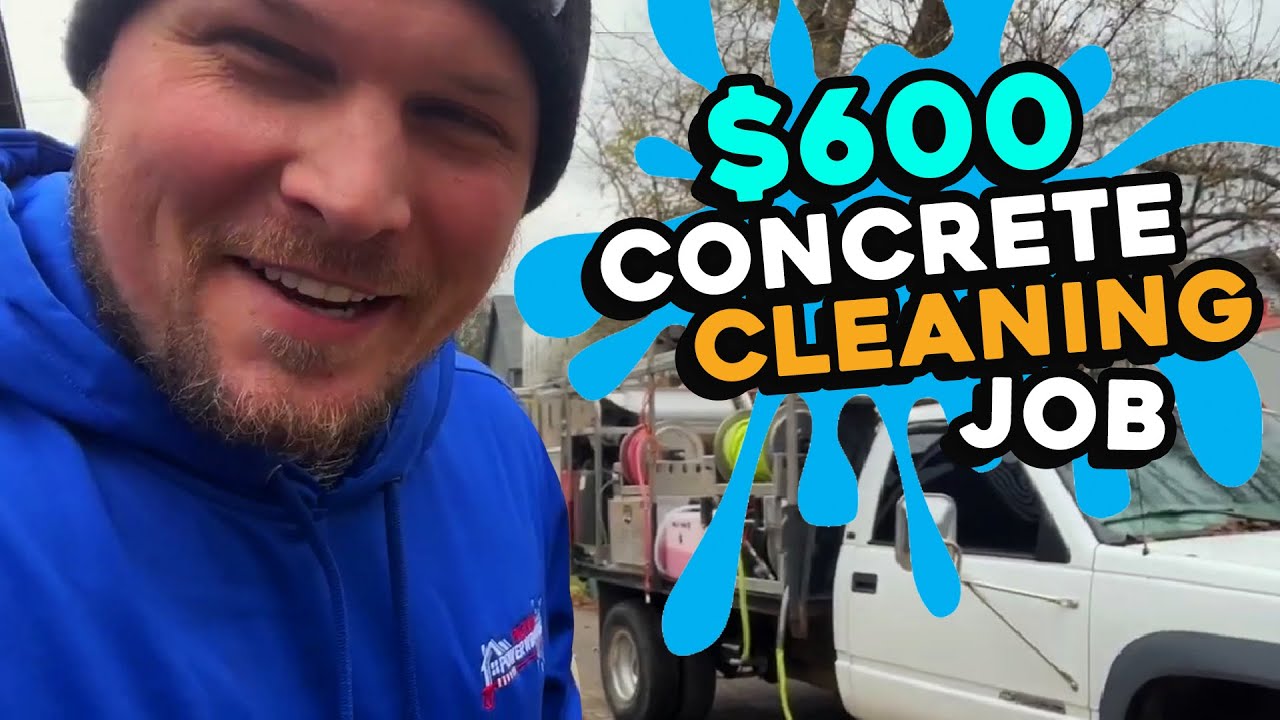In today's video, I have some more infield training for you guys. Jacob and I will be discussing something crucial that you need to keep an eye on during every pressure washing job. A mistake here could cost you a lot of time and money to repair.
To avoid getting blamed for damage, make sure you document everything on all the properties you work on. You can use the 28-point inspection form within Quod IQ, which you can try for $1 at myquodiq.com. I'll leave a link for that in the comment section and description. Mike's Complete Checklist is another valuable resource, documenting all the things you need to watch out for to prevent issues.
If you enjoy these infield training videos, leave a thumbs up so I know to make more. If you want over six hours of infield training on how to start a pressure washing business, covering everything from chemicals and mixing them to cleaning every surface on a residential job site, property protection, equipment, and setup, check out the How to Wash course. It will be the first link in the comment section and description.
Without further ado, let's jump into the video.
Key Tips for Pressure Washing Wood
When we show up to a residential or commercial job with wood surfaces, the first thing we do is check if the wood is sealed. Sealed wood usually looks shiny, while unsealed wood looks dull and matte. We avoid spraying any chemicals around unsealed wood because any overspray or accidental contact can bleach the wood, leaving specks and spots all over.
In some cases, customers might want us to bleach the wood to remove mold. The mold can get into the stain, and bleaching is the only way to remove it before the customer restains it. However, we don't apply chemicals to doors or ceilings if they are unsealed wood. We also avoid spraying any structure around the patio area with chemicals to prevent mist and overspray from damaging the wood. Instead, we rinse everything with water only, knocking off cobwebs and dirt.
How to Handle Wood Surfaces
- Check for Sealing: Before starting, check if the wood is sealed. Sealed wood looks shiny, while unsealed wood is dull.
- Avoid Chemicals on Unsealed Wood: Do not spray chemicals on unsealed wood to prevent bleaching and spots.
- Set Customer Expectations: Always inform customers if you cannot use chemicals on certain areas and get their go-ahead if needed.
- Mask Off Areas: If you must use bleach, mask off doors and ceilings to protect the wood from chemical contact.
- Use Water Pressure: When dealing with extremely dirty surfaces, wet the wood down before applying chemicals, then follow with a water rinse to minimize chemical contact on the wood.
Recommended Product
For the best results in cleaning decks and fences, we highly recommend using the SOUTHEAST SOFTWASH WOOD WIZARD - It's designed specifically to handle wood surfaces without causing damage, ensuring a thorough and safe clean.
Final Thoughts
Working with wood surfaces during pressure washing requires extra care to avoid costly mistakes. By following these tips and using the right products, you can protect your clients' properties and your business reputation. Remember to document everything and set clear expectations with your customers.
If you found this video helpful, leave a thumbs up, subscribe to the channel, and comment down below with the word of the day: morning wood. Until next time, keep hustling and get that money, baby! Peace.
















